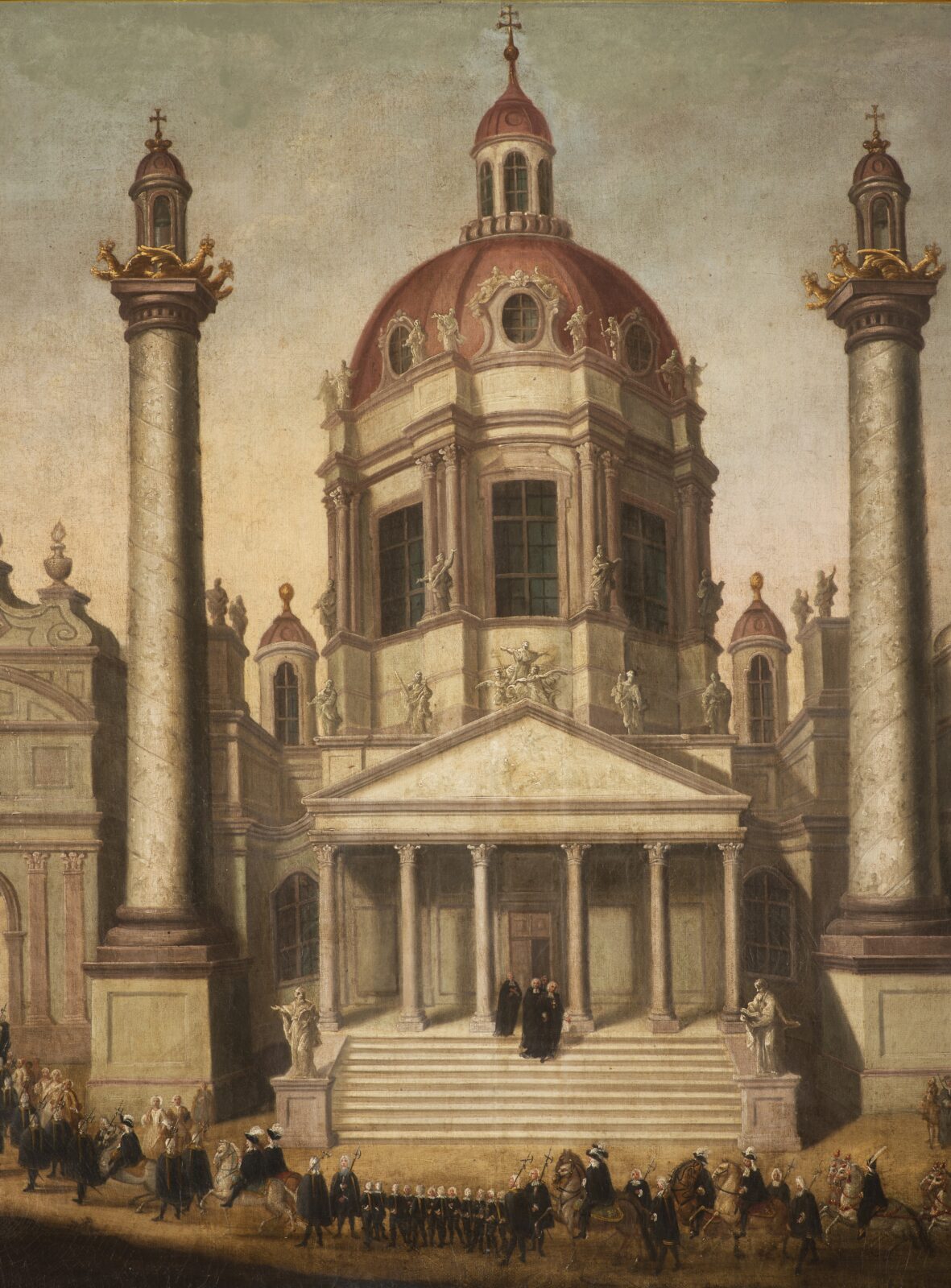About us
The mission and significance of the Order of Knights of the Cross with the Red Star are strongly influenced by the period in which the order was founded and by the personality of St. Agnes of the Přemyslid dynasty.
The daughter of King Ottokar I Přemysl lived from 1211 to 1282 and is one of the most outstanding figures in Bohemian history. Inspired by the ideals of St. Francis of Assisi, she decided to renounce worldly life and take the veil. She corresponded with St. Clare of Assisi and the centres of the new religiosity in Italy. By founding a hospital in Prague, she followed the example of her aunt, St. Elizabeth of Thuringia, who had founded a hospital in Marburg an der Lahn. This contributed significantly to the spread of Franciscan ideals in the Bohemian lands.
In 1231, Agnes appeared as co-founder of the double monastery Na Františku in Prague. It consisted of a convent of Poor Clares, of which Agnes became abbess in 1234, and a Minorite monastery. The complex also included a hospital, whose purpose was much more diverse than today, because a hospital – from the Latin hospes, meaning guest – was at that time a place where not only the sick were cared for, but also pilgrims, the poor, the homeless and even the persecuted. The hospital was initially run by lay brothers. Everyday life and activities were governed by the rules that other religious orders followed at the time. The rules of the hospital brotherhoods of the so-called orders of knights, such as the Knights of St. John of Malta, the Knights Templar, the Order of the Holy Spirit, etc., had a particularly strong influence on the hospital.
 At the request of St. Agnes, Pope Gregory IX elevated the Prague hospital to an independent order in 1237, following the Rule of St. Augustine. In 1251, the red cross, symbol of Christian charity, was joined by a red six-pointed star. This symbol distinguishes the Bohemian Order of the Knights of the Cross with the Red Star from other hospital orders. To this day, it is the only order of Bohemian origin and also the only male order founded by a woman. The Order’s mission fulfilled the medieval longing for a connection between the ideals of knighthood and spiritual life. An active, charitable love for our fellow human beings remains one of the fundamental principles of the Order’s life.
At the request of St. Agnes, Pope Gregory IX elevated the Prague hospital to an independent order in 1237, following the Rule of St. Augustine. In 1251, the red cross, symbol of Christian charity, was joined by a red six-pointed star. This symbol distinguishes the Bohemian Order of the Knights of the Cross with the Red Star from other hospital orders. To this day, it is the only order of Bohemian origin and also the only male order founded by a woman. The Order’s mission fulfilled the medieval longing for a connection between the ideals of knighthood and spiritual life. An active, charitable love for our fellow human beings remains one of the fundamental principles of the Order’s life.
The first independent seat of the Order of the Holy Cross was St. Peter’s Church, together with the commandery Na poříčí in what later became Prague’s New Town. In 1251, the order’s headquarters were moved to the intersection on the right bank of the Vltava River near the Judith Bridge. The new Hospital of the Holy Spirit with St. Francis Church was built at the bridgehead. Both patron saints commemorate the roots of the Order of the Holy Cross in the St. Agnes Convent Na Františku. On the site of the first church stands a building dating from 1679–1688, designed by architect Jean Baptiste Mathey. The Baroque part of the convent near St. Francis Church stands on the foundations of the former Judith Bridge, which was located further north than the later Charles Bridge. The main building in late Art Nouveau style dates from 1909–1912. Since 1990, it has once again been the seat of the Order of the Holy Cross, which, after four decades of being banned from activity, is now continuing the spiritual legacy of its holy founder.
In 1713, Vienna was struck by a devastating plague epidemic. The then Emperor Charles VI vowed to build a worthy church in honour of his namesake Charles Borromeo in gratitude for surviving the plague. St. Charles himself had become the patron saint of the Catholic Church against the plague, alongside St. Sebastian, St. Roch and St. Rosalia, thanks to his exemplary and self-sacrificing work for the plague victims in his episcopal city of Milan.
On 4 February 1716, the ceremonial laying of the foundation stone for St. Charles’s Church took place. In the same year, the Order of the Holy Cross with the Red Star entered into talks with the emperor regarding the spiritual care of the church. This was finally transferred to the order ‘in perpetuity,’ as stated in the imperial decree of 10 November 1733.
The Kreuzherrenkloster (Monastery of the Knights of the Cross) is located directly behind St. Charles’s Church at Kreuzherrengasse 1. Since St. Charles’s Church was elevated to parish church status by Emperor Joseph II in 1783, the parish office has also been located here in the Kreuzherrenhof, or , since the dissolution of the old parishes in the 4th and 5th districts of Vienna in 2017, the rectory office of St. Charles’s Church.
